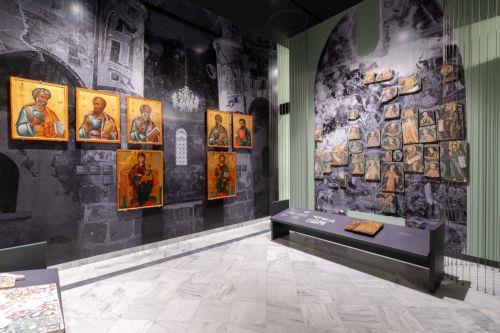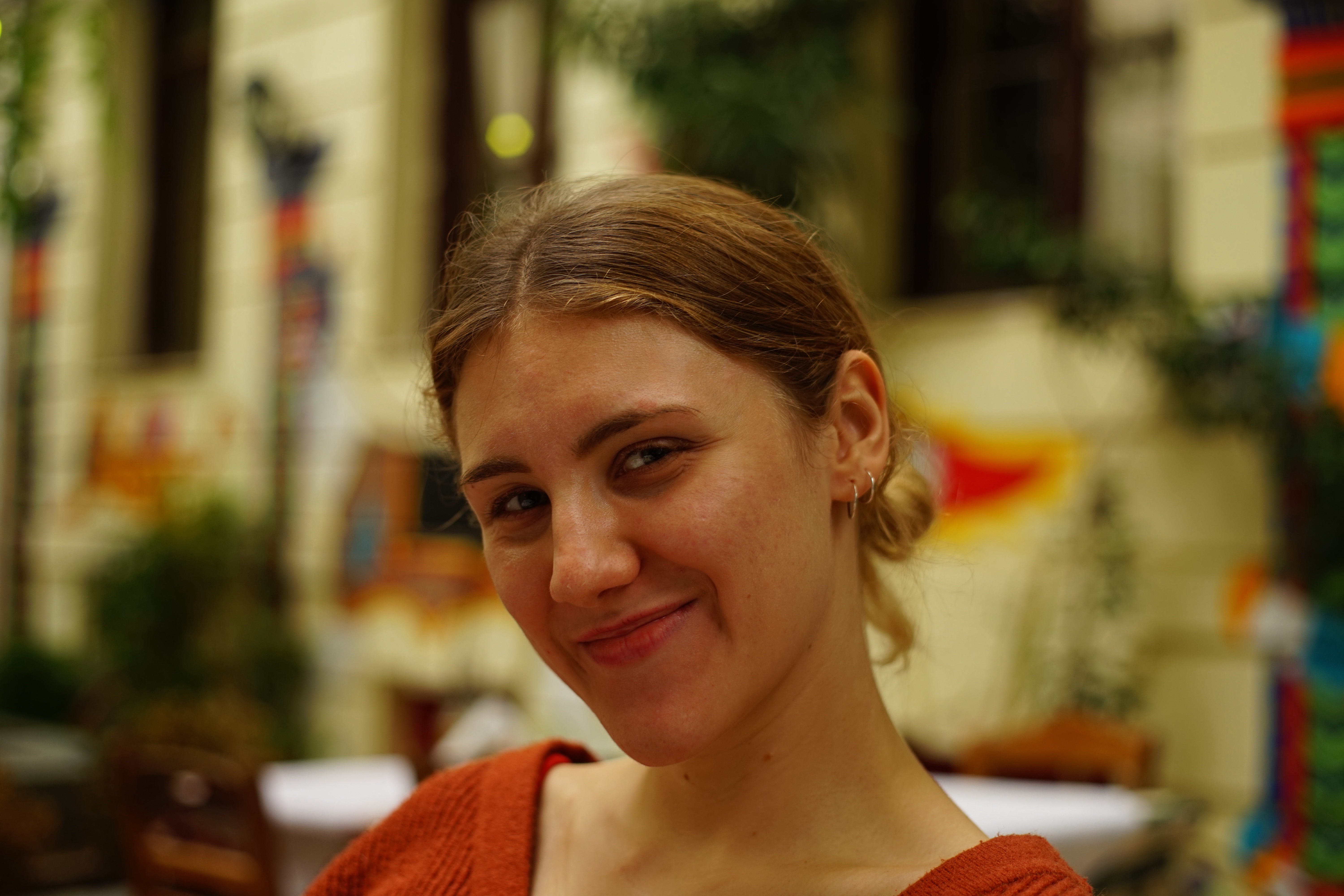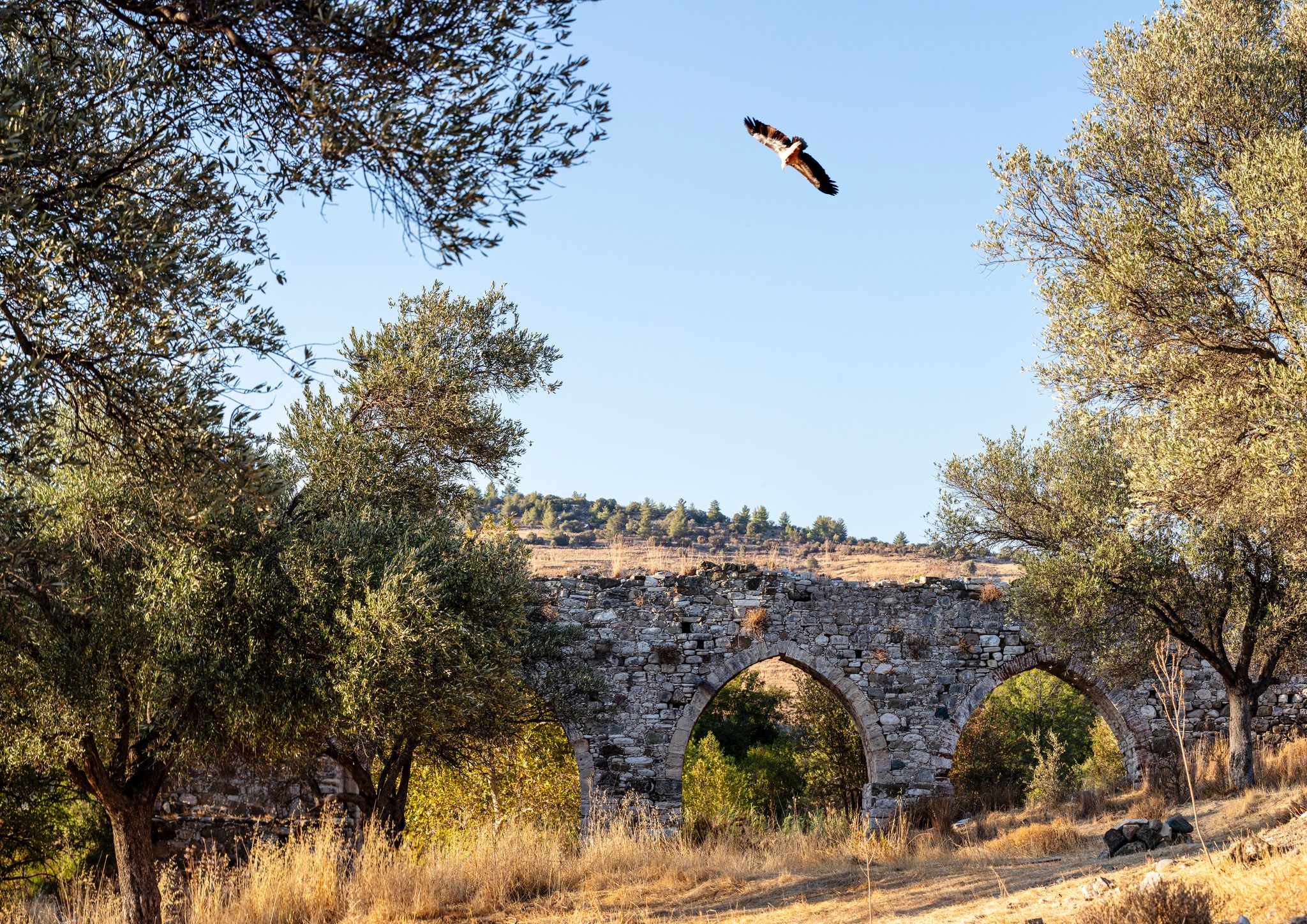As Cyprus prepares to take on the EU Council presidency, the Byzantine museum is putting cultural heritage on the cultural agenda, with upcoming presentations on the history and preservation of repatriated Cypriot antiquities aimed at visiting European representatives.
“[Some of the repatriated] ecclesiastical objects repatriated to Cyprus are on display at the Byzantine museum, and have already been digitised, including information about their history, their place of origin and the circumstances under which they were stolen from Cyprus,” director of the Byzantine museum, Ioannis Eliades said.
He added that previous preservation – and digitisation – efforts of repatriated ecclesiastical artefacts included mosaics and frescoes.
Additionally, several books and book covers had also been repatriated, and have since been on display in the museum.
“The conservation of the objects began in 2015, after an application submitted by the Cypriot government to the Swiss government to finance two relevant programmes,” he said.
Member of the national committee for the combatting illicit trafficking of cultural heritage, Bishop Porphyrios of Neapolis, said that in 2024, a total of 13 icons were repatriated from London through the Cypriot high commission.
“[They were then] handed to the Bishop of Constantia, while in April 2025, an icon of Christ was repatriated from Dusseldorf, Germany,” he said.
Another ecclesiastical antiquity, an icon of the Virgin Mary, is currently about to be repatriated from Slovakia.
Porphyrios explained that there typically were three ways to achieve the repatriation of objects. First, there is an attempt to convince the owner, after informing them that the object had been stolen, to return it to Cyprus without any payment.
The second way is to claim objects presented at auction houses in cases where the cost of recovery will be less than reporting the case to Interpol and going to the courts. The third option, he said, is to report the case to Interpol, seize the object and resort to the courts. This method concerns cases of objects of great value and is used when the owner of the object is not convinced, he added.
The repatriation process is coordinated in a broad collective effort of the antiquities department, the Cyprus police, Interpol, the foreign ministry and the customs department and the national committee for the combatting illicit trafficking of cultural heritage.
Cypriot antiquities, archaeological officer Efthymia Alpha said, are typically repatriated from countries including the UK, Germany, Australia and even Japan.
“Upon their arrival in Cyprus, the antiquities are unpacked, recorded by the antiquities department, digitised, preserved and stored at the Cyprus museum where they are studied and exhibited in permanent and periodic exhibitions,” Alpha said.
Additionally, efforts to return stolen artefacts which were illegally imported to Cyprus from countries including Iraq and Spain are underway
However, no further details regarding artefacts or the timeline for their return were provided.







Click here to change your cookie preferences